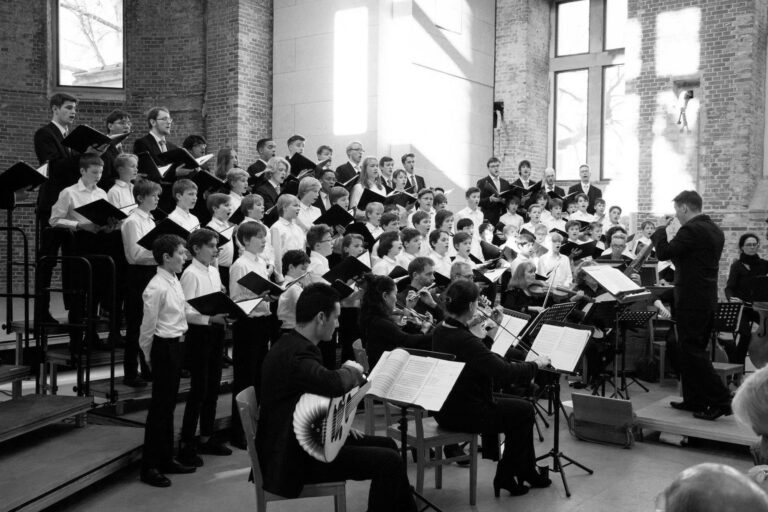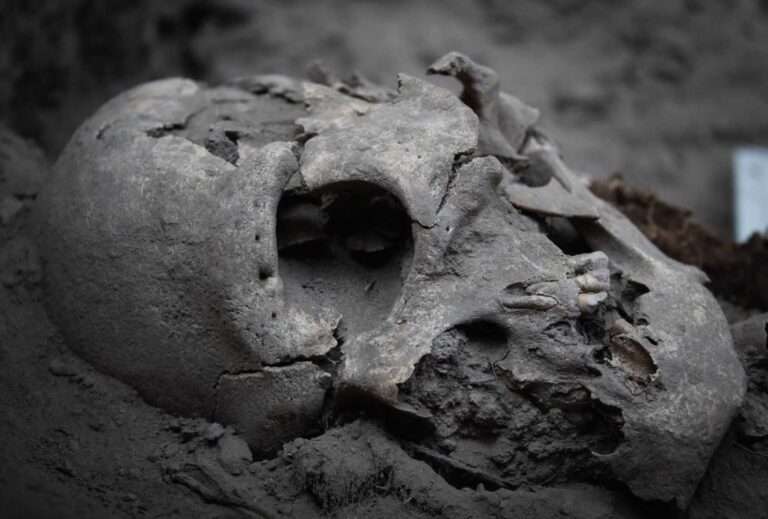These images show the 2000-year-old Roman funeral mausoleum dug up by builders working on house renovations.
The discovery was made on Seville Street, in the urban centre of Carmona, a town in the southwestern Spanish province of Seville during renovation work on a house.
Video Credit: CEN/Ayuntamiento Carmona
In a video provided by the Carmona municipality, relics of the old mausoleum can be seen with small cupboard like stone boxes intact.
The decorations of the Roman mausoleum’s walls are also seen in the video while glasses and vessels can be seen on the floor of the funeral building.
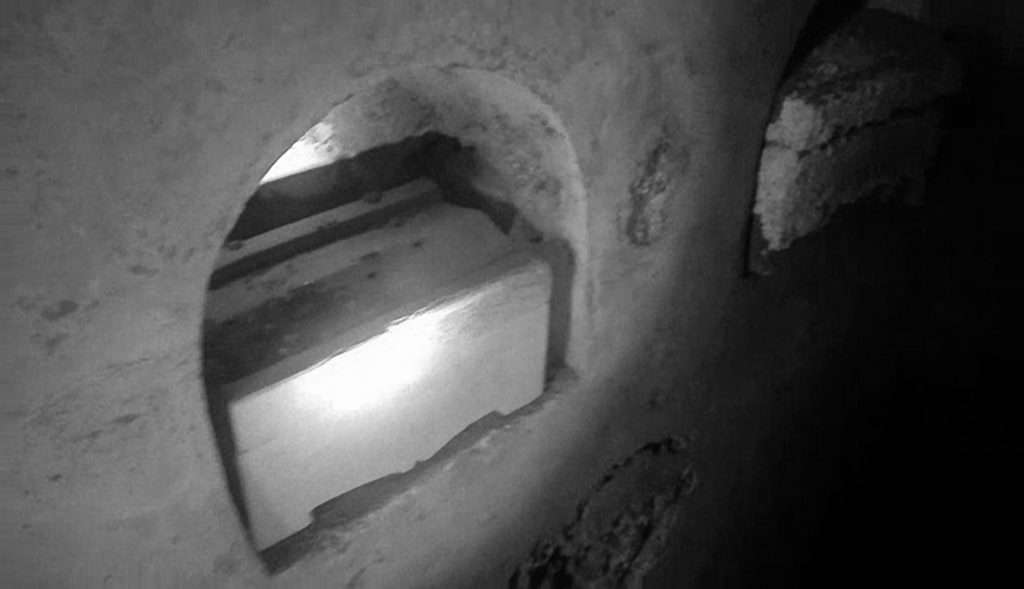
According to local media, the mausoleum consists of an access shaft and a funeral chamber, dating back to the end of the first century B.C. or the beginning of the second century.
Ancient Roman remains found at the site are reportedly “completely intact”.
The Municipal Archaeologist of Carmona, Juan Manuel Roman, has pointed out the importance of this finding.
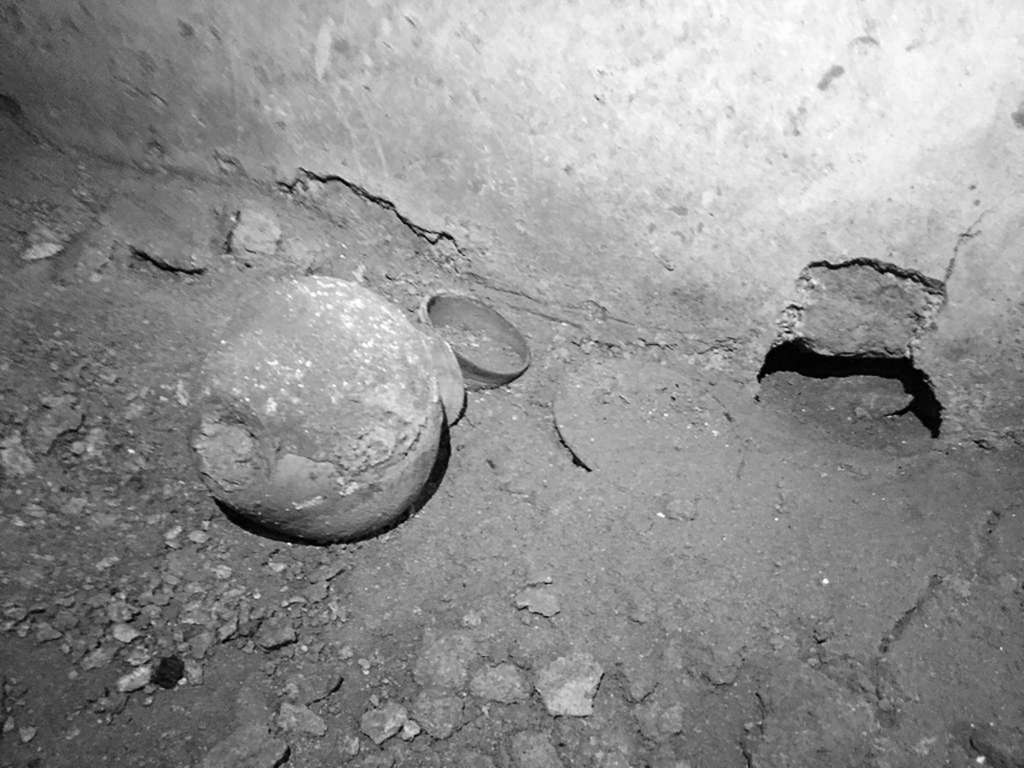
Roman told local media: “We had not found a grave in Carmona in such a magnificent state for more than 35 years, and it will continue to deepen our knowledge of the funerary culture in Roman times.”
According to local media, the sepulchral or funeral chamber has eight loculi or compartments, six of which contain funeral urns made from materials including limestone and glass.
The other ones are protected by lead vessels.
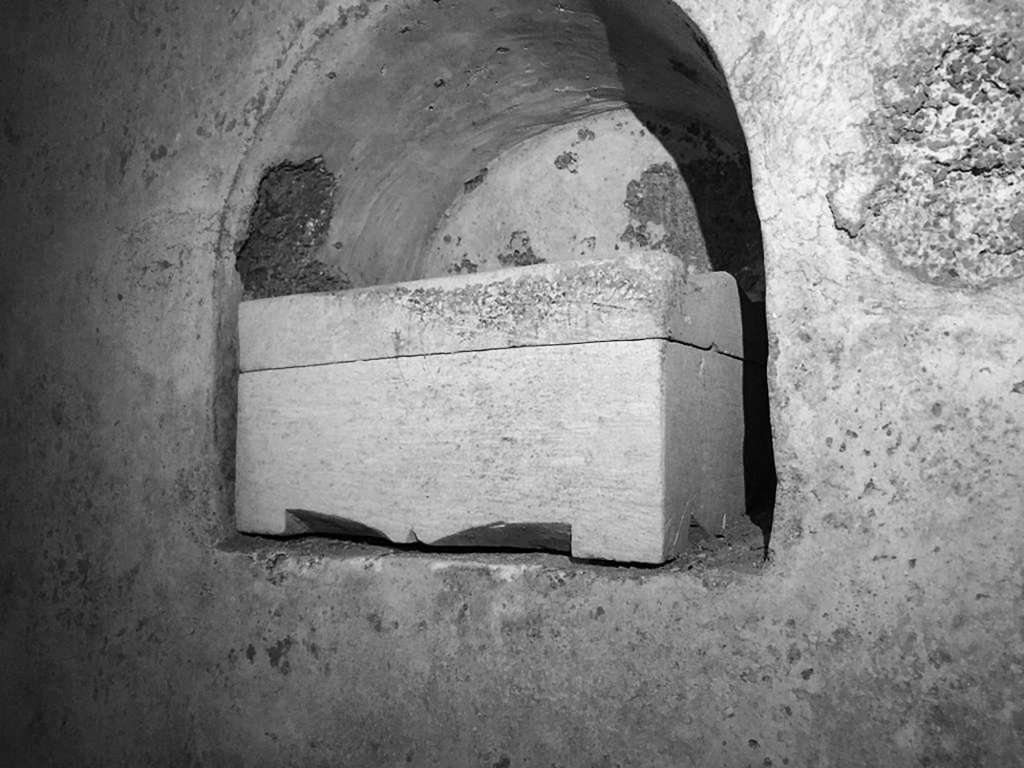
On the surface of three of these urns there are some serigraphs carrying the name of the deceased whose bones lay inside.
A serigraph is a piece of art created by the silk-screen printing process used in Roman times.
In the free spaces that remain in the compartments and on the floor there are also containers such as vessels, plates, glasses and cups, in which the funeral offerings were deposited.
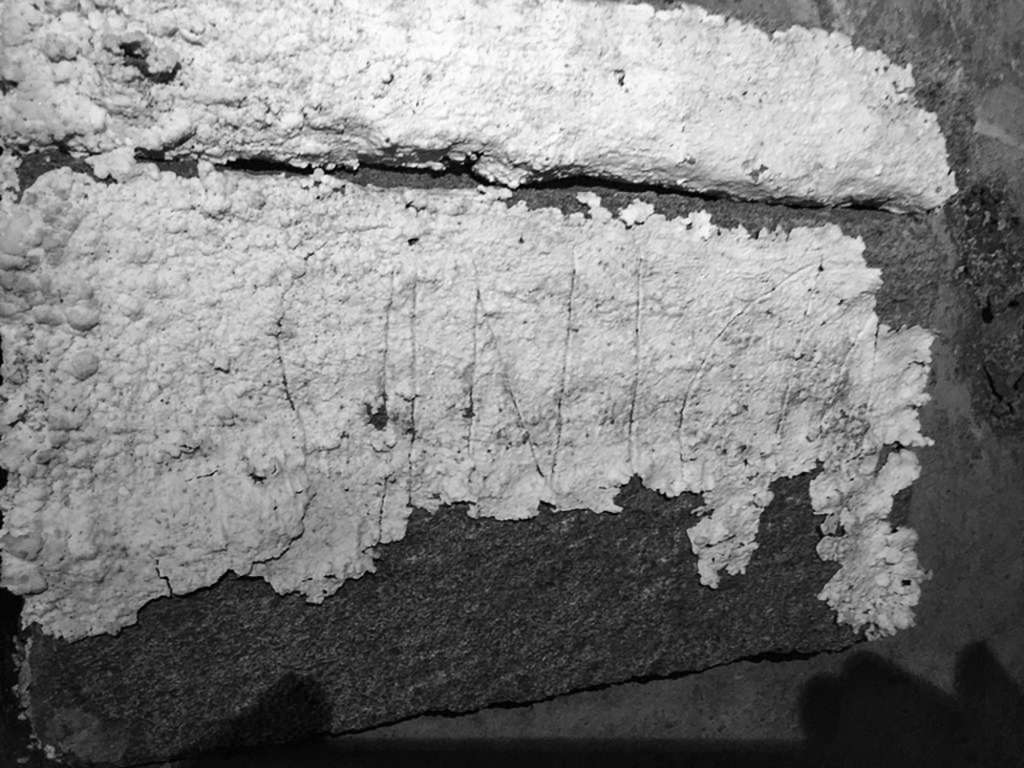
Roman also told the media that the lining of the burial chamber is also “well preserved, and forms part of the decoration with geometric patterns on vaults and walls”.
The Mayor of Carmona, Juan Avila, has visited the chamber and congratulated the Municipal Archaeology Officials for this discovery, “which once again demonstrates the archaeological wealth of [the] city” and commended the collaboration of both the homeowners, and the Ministry of Culture and Historical Heritage.
It is unclear as of now whether the discovery will be turned into an archaeological site or moved to a museum.
To find out more about the author, editor or agency that supplied this story – please click below.
Story By: Marija Petrovska, Sub-Editor: Alex Cope, Agency: Central European News
The Ananova page is created by and dedicated to professional, independent freelance journalists. It is a place for us to showcase our work. When our news is sold to our media partners, we will include the link here.


